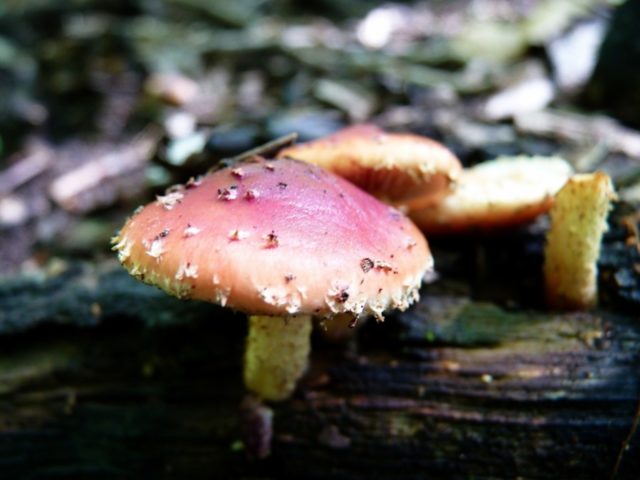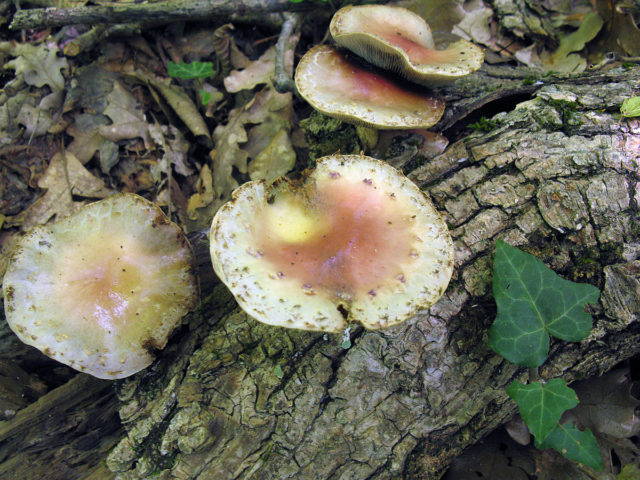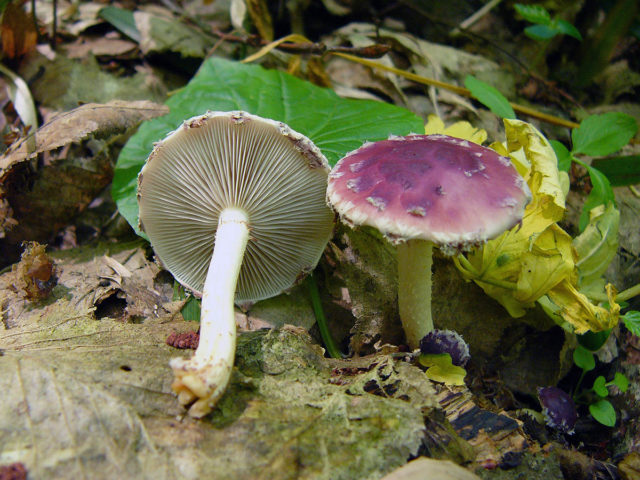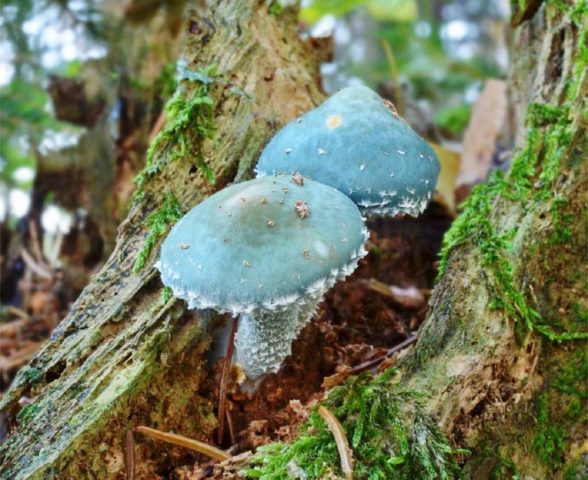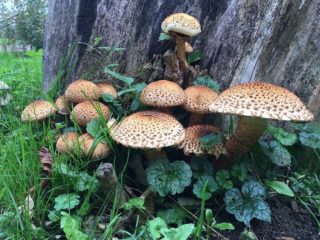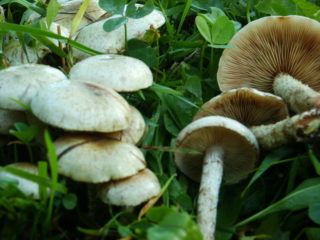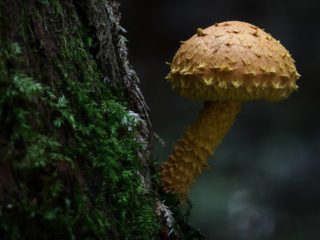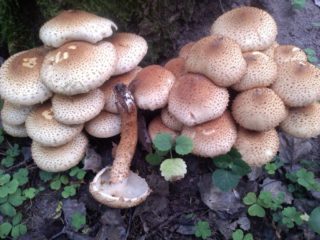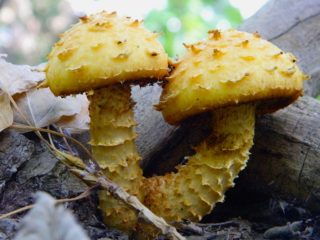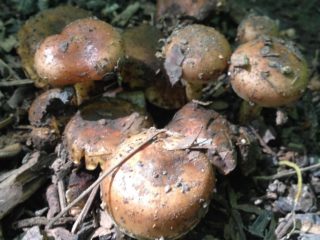Content
Multicolored scale is a little-studied mushroom from the Strophariaceae family, so it is better to admire it without risking life and health. Among others of the genus it is the most beautiful and rare.
What does multicolored flake look like?
The multicolored flake is unlikely to be confused with other mushrooms; it is very bright and unusual. It has several names, mostly foreign, because The species was discovered on the territory of Russia not so long ago:
- Flammula polychroa;
- Agaricus ornellus or polychrous;
- Pholiota ornella or appendiculata;
- Pholiota Gymnopilus polychrous.
The multicolored scale belongs to the Basidiomycota department, the Strophariaceae family, and the Pholiota genus.
Nothing is known about the edibility of the species, but most related specimens are very bitter. Common flake is used as food. Inedible specimens have unique medicinal properties, which is why they are grown on an industrial scale in China and Japan. The multicolored flake has no nutritional value.
Description of the cap
The multicolored scale stands out not only in color, but also in the size of the cap; it grows up to 12 cm in diameter. In small and growing multicolored ones, it is dome-shaped, convex, with a large number of scales on the surface. Color can vary from pinkish-olive to bright purple. With age, the cap becomes flatter, completely painted in a dark purple color, lighter only at the edges, which may remain snow-white or acquire a yellowish tint. Old mushrooms become discolored.
The peel comes off well. The pulp is whitish-yellow.
In wet weather the cap is especially sticky and slippery.
The edges of the cap are covered with a fluffy blanket, reminiscent of openwork braid, which makes the scales look even more interesting. The plates at the bottom of the cap are frequent and narrow, white or pink-yellow, adherent to the stem.
In young specimens there is a visible ring under the plates, fibrous and brittle, which disappears, leaving a faint annular zone.
Description of the leg
The multicolored scale can grow up to 8 cm in height, the diameter of the stalk is up to 1 cm. Above the annular zone, the stalk is silky and has no scales, but those located below are rare.Most often, the leg is white or yellowish, but it can also be blue or emerald. The shape is cylindrical, smooth, slightly narrowed towards the base; in adult multicolored ones it is empty.
Is the mushroom edible or not?
There are much more inedible multicolored flakes, which can cause mild stomach poisoning, than edible ones, but scientists have not yet classified the multicolored flake as one or the other. This means that it would be wiser not to taste the mushroom yet. Mushroom pickers have an old saying: “The more poisonous the mushroom, the more beautiful its cap.”
Where and how does it grow
The multicolored scalefish lives in mixed and deciduous forests of Canada and North America. Recently, the species began to be found in Russian northern latitudes. Single specimens are found in southern forests, for example in the Krasnodar Territory.
The period of appearance is from May to November, in parks, garden plots and squares. Grows singly or in small groups on old stumps, dead wood or deciduous trees.
Doubles and their differences
The multicolored stropharia has no twins, but is similar in appearance to the blue-green stropharia.
These mushrooms, despite their unusual appearance, are conditionally edible, but consuming large quantities of them can lead to hallucinations. This is probably why in America stropharia is considered poisonous.
Conclusion
The multicolored scale is a mushroom of amazing beauty, it is impossible to pass by it indifferently. Scientists have not yet made any conclusions about its edibility, so it is better to refuse to collect exotic specimens.
